
Published: Last Updated:
Readtime: 10 min
Every product is carefully selected by our editors and experts. If you buy from a link, we may earn a commission. Learn more. For more information on how we test products, click here.
When it comes to safe bets, a revamped MacBook Air with Apple’s latest entry-level chip is about as safe as it gets – and for good reason. The new MacBook Air is a fantastic laptop and does essentially everything you’d need an ultra-portable device to do. It’s fast, thin, light, and more powerful than you expect.
This new version is also cheaper than Apple’s previous iteration, while also being an improvement in every way: which just isn’t something that happens all that often anymore and should be appreciated.
But that safe bet may also come with a hint of stagnation. It doesn’t feel like a lot has changed in the Air, apart from housing a better chip and 16GB RAM as standard. These are big jumps in their own right, but that doesn’t particularly push the device forward into new or interesting places: rather, the M4 Air is simply a better version of what was already the best laptop in the world.
Apple is a company releasing high-quality, durable, and powerful products that are, honestly, getting just a little bit boring. The innovation and excitement I used to associate with the launch of a new Apple product is mostly gone. For many, an M4-equipped MacBook Air felt like an inevitability, and here it is.
There are rumours of a bigger shake-up to its iPhone line-up in the works, both in hardware and software, but where that leaves the MacBook is anyone’s guess.
Still, when it comes to this laptop, if you’re in the market for a thin, light, powerful laptop, this is the best on the market. If you’re familiar with macOS or already exist within the Apple ecosystem and are looking to upgrade to a brand-new laptop, this is probably the one you’re looking for.
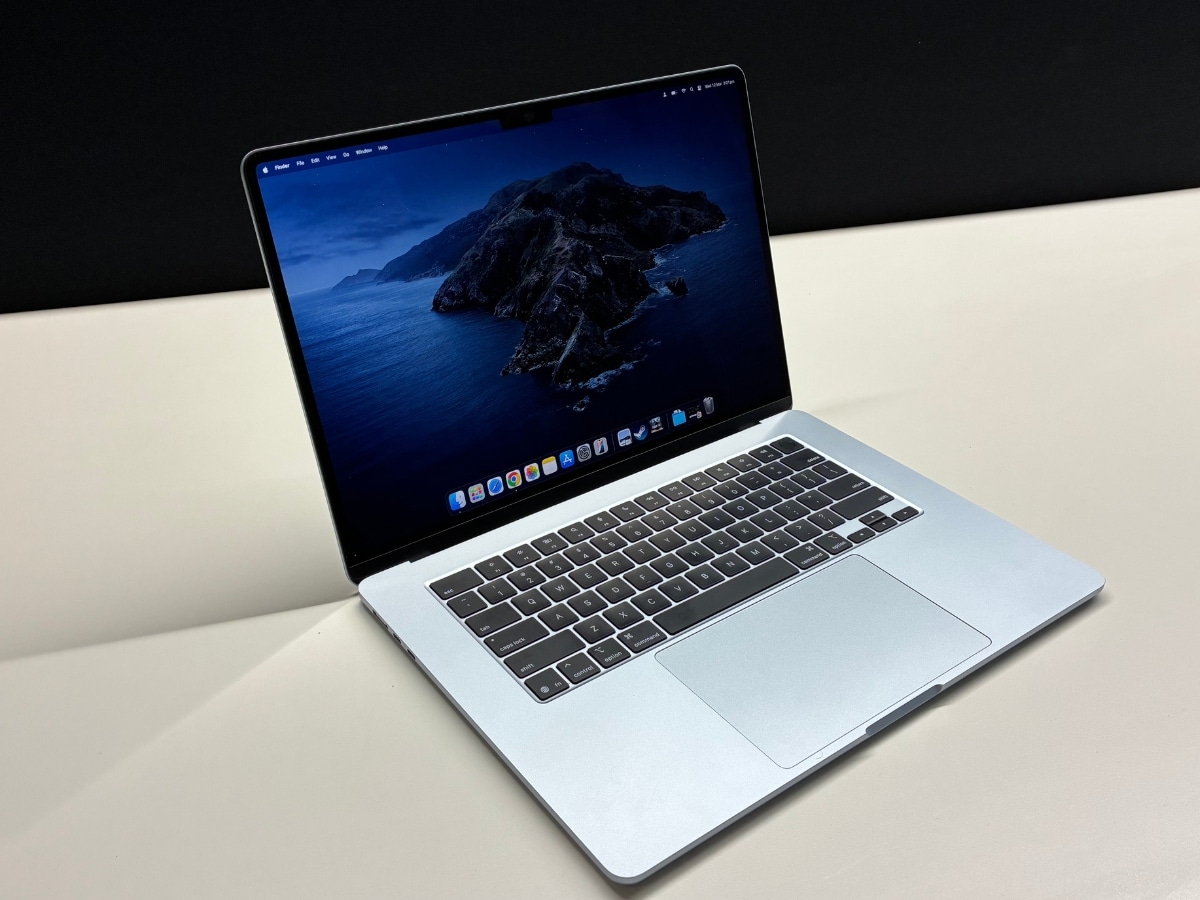
Tech Specs
| 13” M4 MacBook Air | 15” M4 MacBook Air | |
| Price | From AU$1,699 | From AU$2,099 |
| OS | macOS | macOS |
| Internals | – Processor: Apple M4 chip, 10-core CPU, 8/10-core GPU, 16-core Neural Engine – Memory: 16GB, 24GB, 32GB – Storage: 256GB, 512GB, 1TB, 2TB | – Processor: Apple M4 chip, 10-core CPU, 10-core GPU, 16-core Neural Engine – Memory: 16GB, 24GB, 32GB – Storage: 256GB, 512GB, 1TB, 2TB |
| Display | – 13.6” Liquid Retina display – 2560 by 1664 resolution – 60Hz refresh rate | – 15.3” Liquid Retina display – 2880 x 1864 resolution – 60Hz refresh rate |
| Networking | – Wi-Fi 6e – Bluetooth 5.3 | – Wi-Fi 6e – Bluetooth 5.3 |
| Ports | – MagSafe 3 Connector – 2x Thunderbolt 4 USB-C – 3.5mm Audio Jack | – MagSafe 3 Connector – 2x Thunderbolt 4 USB-C – 3.5mm Audio Jack |
| Battery | 53.8Wh lithium-polymer battery | 66.5Wh lithium-polymer battery |
| Dimensions | Size: 1.13cm x 30.41cm x 21.5cm Weight: 1.24kg | Size: 1.15cm x 34.04cm x 23.76cm Weight: 1.51kg |
Why Trust Us
Here at Man of Many, we use a wide variety of technology. We’re not fans of any one brand, like to get our hands on the latest-and-greatest tech before we call it the next-best-thing, and we’ve built up extensive experience in reviewing tech as a publication over the past 10 years.
The author of this article, Dean Blake, is Man of Many’s technology journalist, and has followed the industry for years. He’s reviewed a fair bit of the competition, and was provided the product by Apple for the purposes of this review. No money exchanged hands, and all opinions expressed are those of the author and haven’t been seen by Apple ahead of time. For more information on our independence, testing, and review guidelines, you can read our full editorial policies here.

The Good
Power and Portability
The M4 chip housed inside 2025’s MacBook Air is mostly the same as the M4 in the base-level 13” MacBook Pro released last year. In almost every configuration, the M4 Air features 10 CPU cores alongside 10 GPU cores, alongside the aforementioned 16GB RAM. You can splurge on the higher-end configurations to get 24GB of RAM, and if you buy the base-level Air, you’re getting an M4 with only 8 GPU cores.
What does any of this mean? It’ll be fast, snappy, and will lend itself to some light gaming, but won’t stand up to the professional performance of the higher-end MacBook Pro models. If you’re looking for a laptop capable of handling the day-to-day demands of a typical workplace, and keeping up with you in your spare time, the Air is almost certainly enough for you.
We’ve been testing the 15” laptop with 512GB of storage, and beyond being shocked at the actual size of the device (not only in how thin it is, but how much bigger a 15” laptop is to what I’m used to), it’s been an absolute joy to use.
It’s also light as hell, coming in at just 1.5 kilograms (though the 13” is even light at just 1.2 kgs), making it a great device for those of us that regularly work between the office and home, or who work on the road. Being able to pull something like this out of your bag and jump back into whatever you were working on is fantastic, and thanks to the surprising amount of battery life, it’ll almost always have enough juice to get you through the journey.
The Air comes equipped with a 66.5Wh battery, or 53.8Wh for the smaller model, and thanks to how well optimised macOS is, those batteries are going to last quite a while. Apple claims they’ll last around 15 hours of typical browsing, and that feels about right to me. I charged the device to full, and managed to get a few days of work out of it before needing to plug it in again – with the majority of my work being word and image processing, as well as web browsing, watching videos, and diving in and out of spreadsheets. Essentially, you’ll get a few days of typical office use out of the M4 Air, which is more than enough.
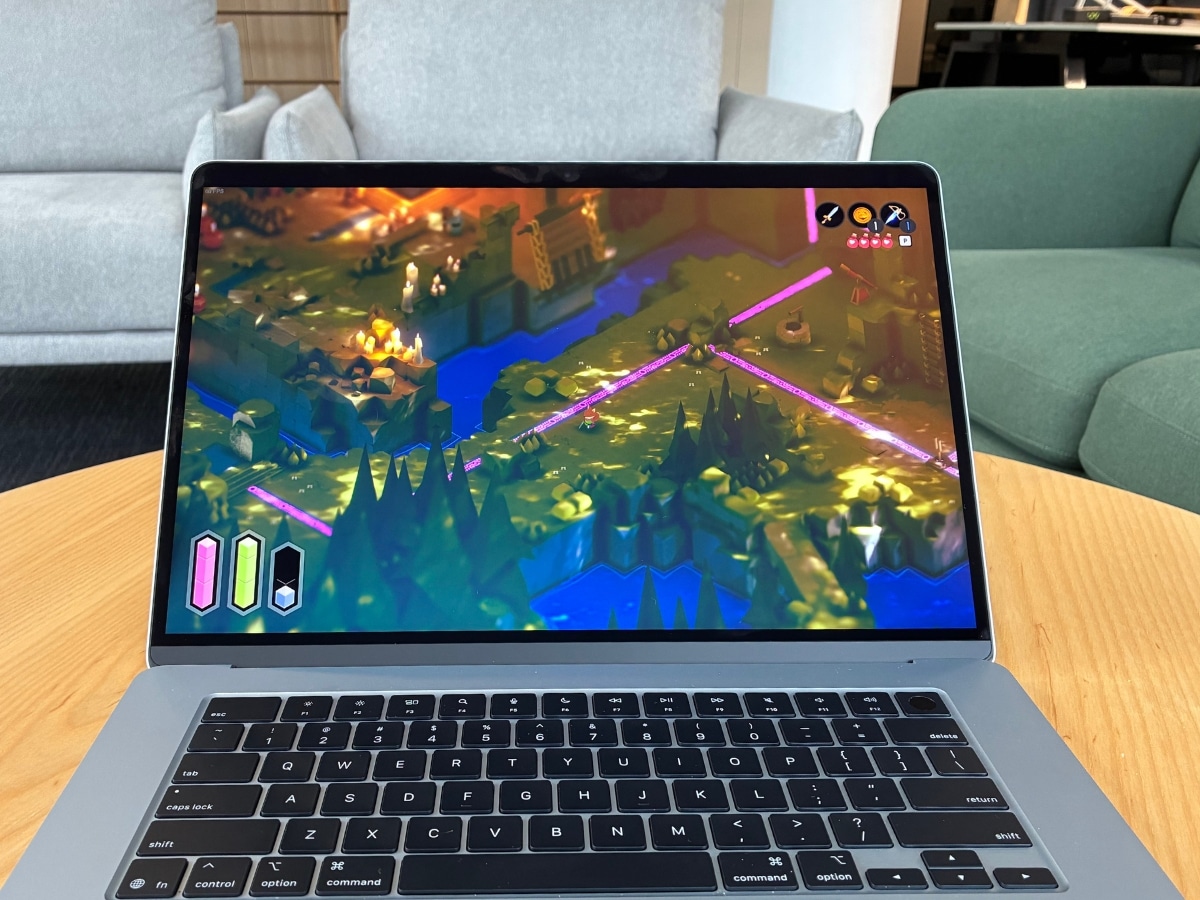
Gaming on the Go
Did someone just say gaming? On a Mac?! I know, I know – I wouldn’t recommend buying this thing as a gaming device, but if you’re someone who was already looking at getting a new MacBook and happen to partake in some light gaming, you might be pleasantly surprised.
I do mean light gaming, though. I threw a few titles from my Steam library at the Air to see how it handled them and, after a bit of fiddling, got most of them running in a respectable way. It’s worth noting that the Air is equipped with a 60Hz display, meaning any frame-rates above 60fps won’t provide any visual improvements.
Indie darling Tunic managed to run at a very steady 60fps at a 1800p resolution – at the laptop’s native 1864p it was struggling to hit 60, so I bumped it down and turned on V Sync to cap the frame rate. Not only is this an amazing game, but it looks fantastic on the Air’s Liquid Retina display.
Subnautica, a personal favourite of mine, fared far worse. After dropping the resolution to 1200p and turning everything as low as I could, I managed to get the game running at a fairly constant 30fps in the shallow areas at the start of the game, but don’t have a lot of confidence it’d keep that consistency in more hectic moments of gameplay.
Soma, one of the best horror games of all time, worked fantastically. There’s an option to automatically detect the best settings for your device, which delivered a crisp and consistent 60fps with no real effort on my behalf. Love that.
Finally, I jumped into the Mac App Store version of Resident Evil 2 Remake and was honestly pretty surprised. I only had a bit of time to test it, but bumping it up to the max resolution and setting VSync for 60fps pretty much worked a treat: the game looked gorgeous and ran smoothly. There were a few dips, even in the relatively quiet intro to the game, so if you were looking to dive into this one, I’d suggest dropping the resolution to something like 1200p or 1600p.
Suffice it to say that the MacBook Air will actually play some smaller games well, even some that aren’t particularly well optimised like Subnautica, but isn’t going to cut it for playing ‘bigger’ games available through Steam – though the Apple-backed ports of big games available on the Mac App Store seem to run quite well.
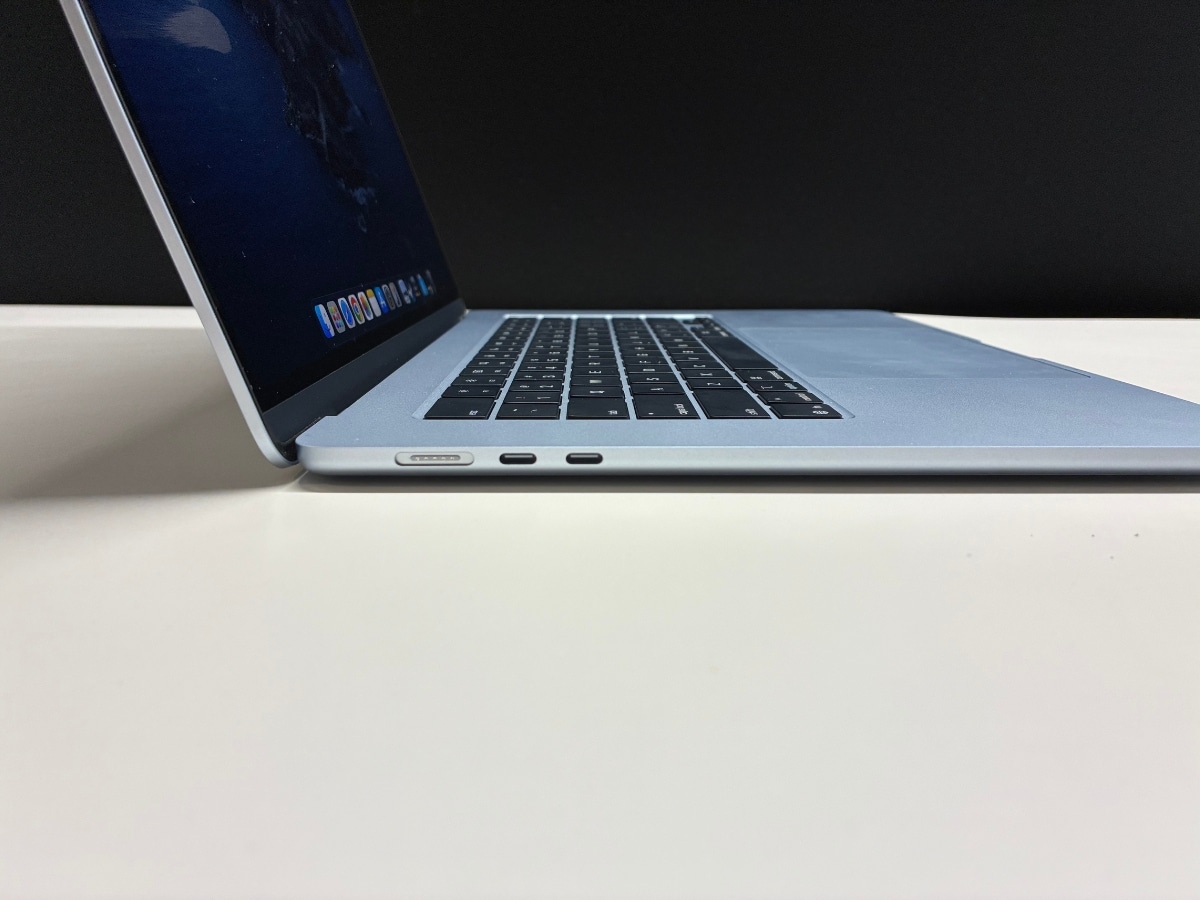
The Bad
That’s all great, but it’s worth noting that most of what I’ve talked about here is also true of last year’s M3-equipped model (which we liked quite a bit). Yeah, sure, this M4 version is better and cheaper, but if you’re looking for a more substantive upgrade, there’s not all that much to be excited about.
Even Apple Intelligence, Apple’s new big bet on the future of computing, is available on any Mac using Apple Silicon (that is, with an M1, M2, M3, or M4 series processor). This is great for anyone with a Mac device from the last few years, of course, but does limit the reasons to upgrade to something new.
The MacBook Air’s Port Selection is Still Lacking
One issue that has continued from the previous iteration is the distinct lack of ports available. Two USB-C ports, one MagSafe connector for power, and a 3.5mm jack for audio. That’s it. It’s just not very helpful, especially considering most computer accessories still come with USB-A dongles or cables, meaning you’d need an additional adapter to be able to actually utilise many of the devices you already own.
In saying that, these are Thunderbolt 4 ports, which does open the laptop up to external GPUs or high-speed data transfers, so credit where credit is due.
Higher-end Models could do with Pro Motion
For most people, myself included, a great display with a 60Hz refresh rate is more than enough. But there are those among us that want more from their display without necessarily making the jump to the MacBook Pro. I feel like the higher-end Air’s could probably have included Apple’s Pro Motion tech, which bumps the display’s refresh rate to 120Hz.
Apple seems to use 60Hz screens in its ‘base’ devices, and 120Hz in its ‘Pro’ devices: that’s true with the iPhone, iPad, and MacBook. However, the form-factor and weight of an iPhone 16 to 16 Pro, or iPad Air to iPad Pro, isn’t actually that different.
The MacBook Air and MacBook Pro, on the other hand, are genuinely different products that serve a completely different use-case, and holding features from one to serve the other feels really odd.

Do we Recommend the M4 MacBook Air?
Absolutely. It’s the best MacBook Air you can get. It’s better in every way than the previous versions, and is cheaper to boot. If you have an M2 or M3-equipped laptop, you probably don’t need to upgrade, but on anything older than that, you’ll see a pretty big performance boost.
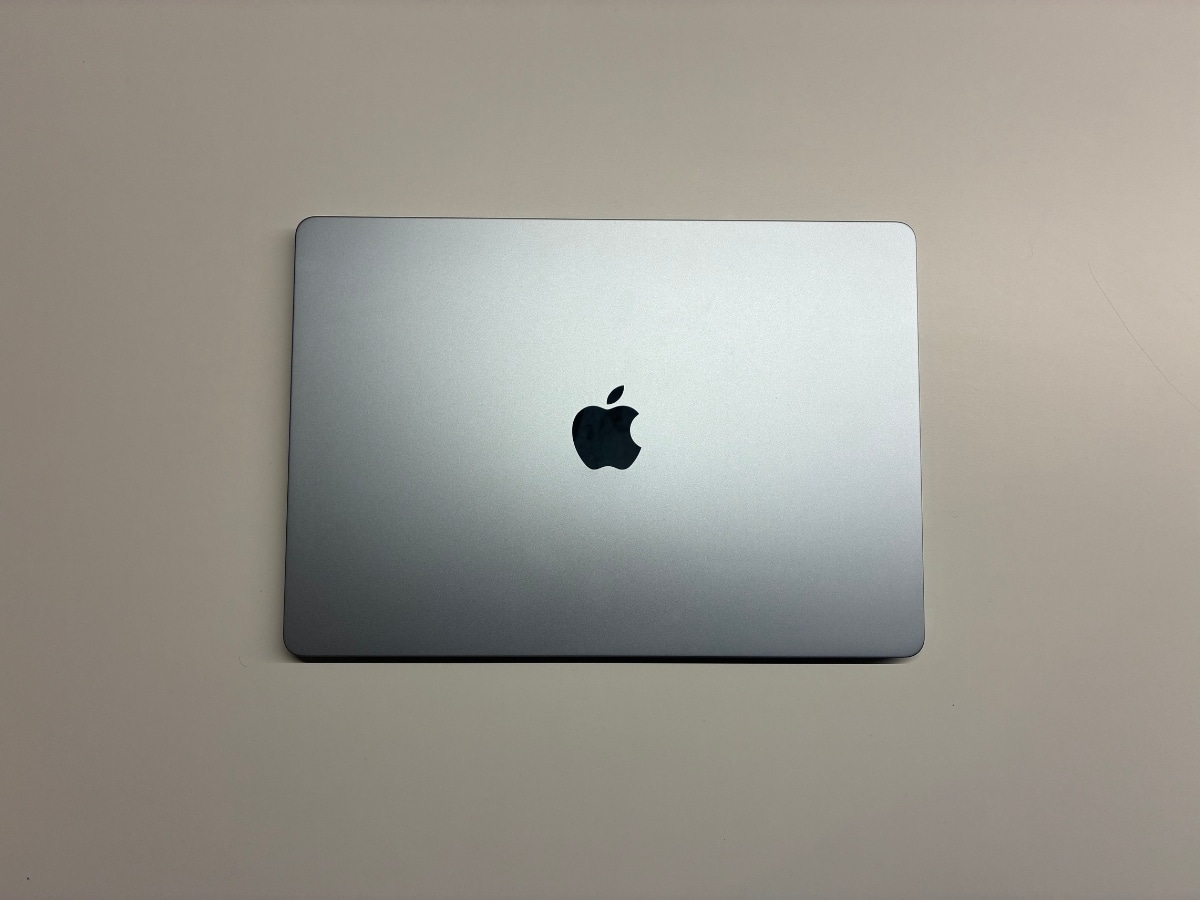







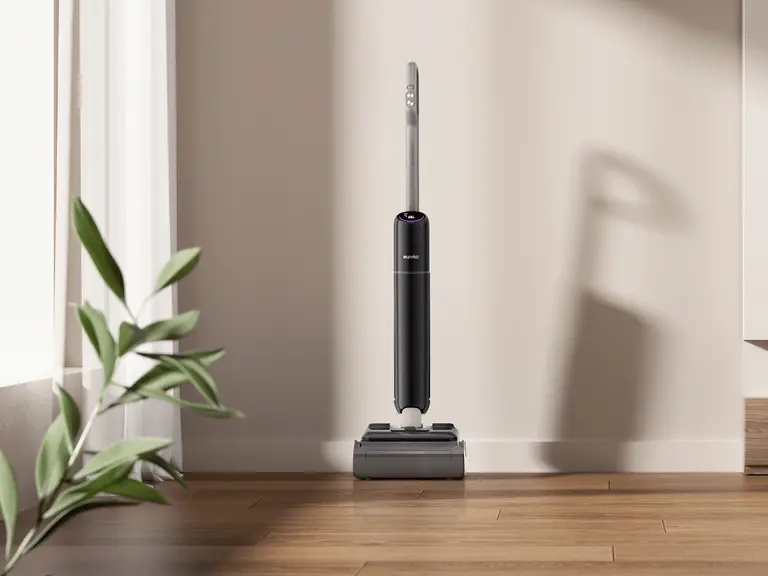















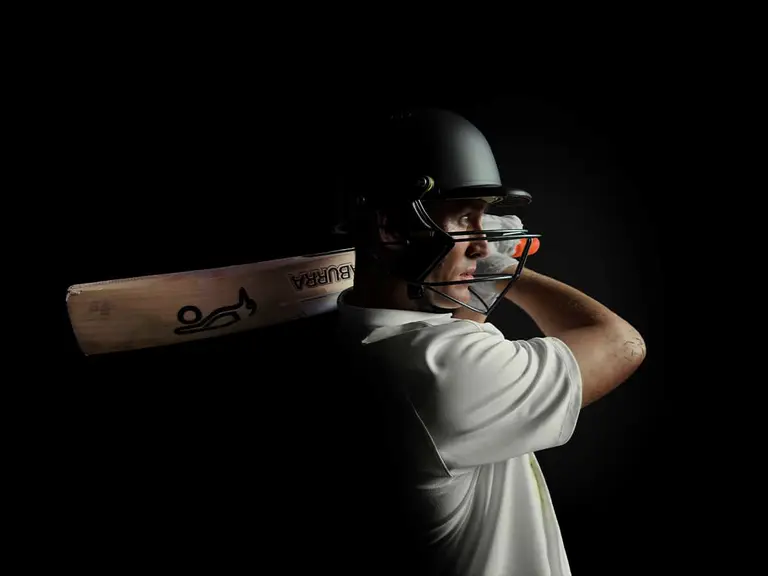

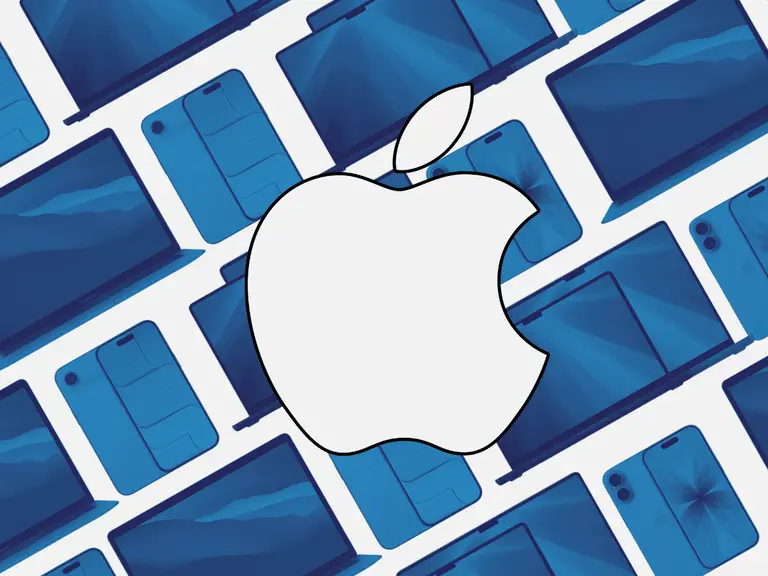





Comments
We love hearing from you. or to leave a comment.